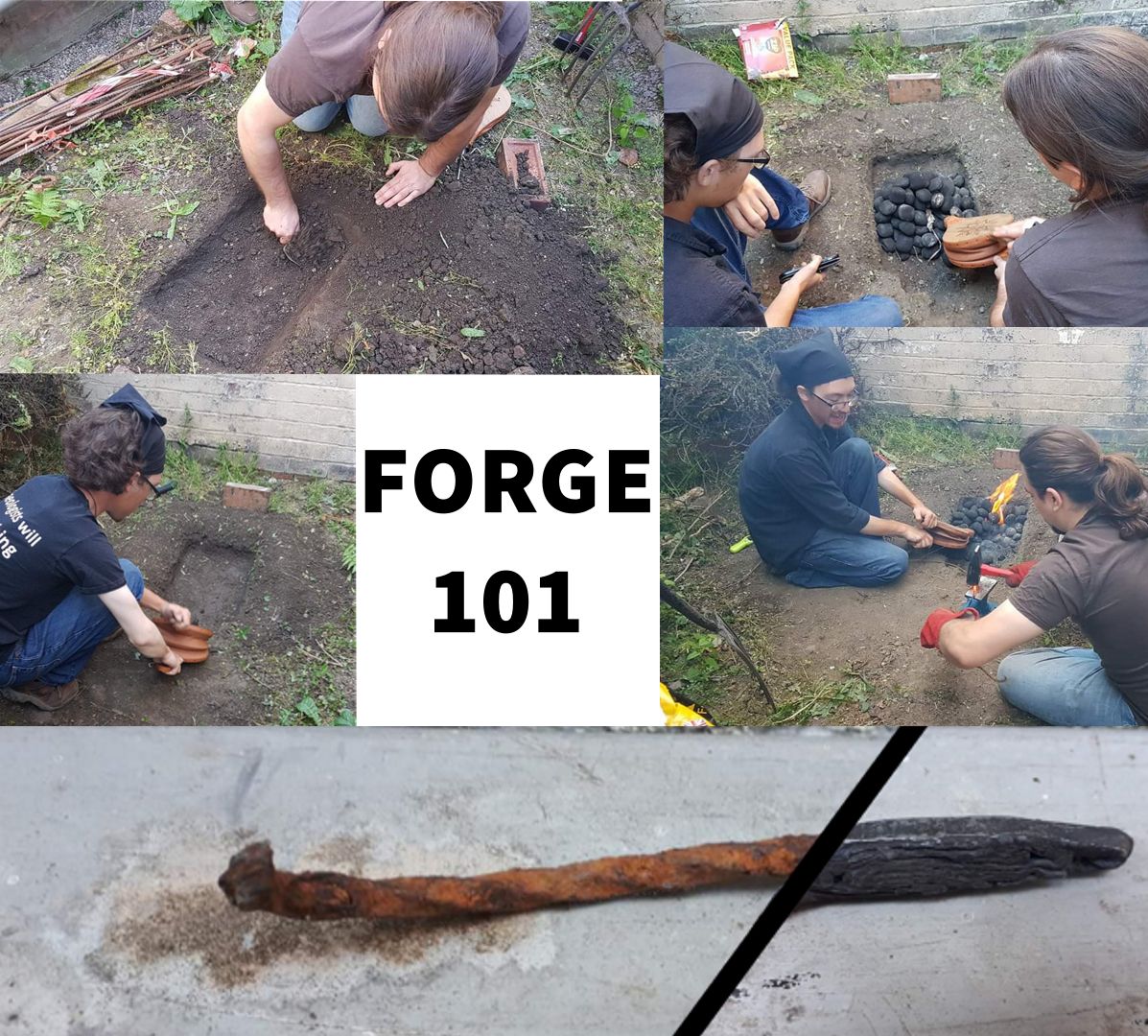#BlackLivesMatter
We stand in solidarity with the protesters. We stand for equality. We stand against oppression and the unjust treatment that still goes on in society. The rest of this blog will be business as usual, but know that we support the movement and what it stands for.
Hey guys, it’s that time again, there’s plenty to talk about this week, though perhaps not as much to show, so we might be light on pictures, nevertheless, lets get straight into it!
As always, first up is Horde news. The reason pictures are in short supply is that currently it looks exactly the same as before! Wait, that’s a good thing, let me explain. I finally got around to testing the level loading code I added a few weeks back, and I’m happy to report that it works! The new system is set up to load the levels into the game scene, without deleting a bunch of information, like the managers or textures. I’m doing this by compounding scenes.
Background for non-techies: The Unity editor comes with a few basic concepts to get you started developing. A “scene” is essentially a vessel in which you can add objects. A classic use of scenes is to transition between them when you change level. My game has many levels, all with the same core functionality, so rather than load a completely new scene each time, reloading the core stuff, I’ve split the scene into a “game scene” and “level scene”, and load the level scene into the game scene, so that when I want to switch level, I can simply unload the level scene, keeping the core intact in the game scene, and just load in a new level.
My only real worry at the moment is that as I’m using one scene per level, rather than using prefabs (a game object that you save to be reused) or custom level editor code, I don’t know what that will do to compile times, loading times, or memory. If anyone has any familiarity with this, let me know so I can dodge that bullet!
Guys. Xbox is trying to kill me, I’m sure of it. I’ve been trying to work on some Xbox Profile functionality for SockMonkey, and it has not been simple. .. The tools they provide seem to differ greatly between UWP and Native (basically two ways to build Xbox apps, I want to use Native, but can only use UWP for now), and getting anything working in the first place is a trial. The documentation is an endless spiral of half answered questions at best, and googling for any information only gets you articles promoting UWP. I’m not bitter. I am, however, frustrated. Still, I’ll get there somehow. I think the plan is that I should be getting a devkit that will let me build Native some time next week, and that will be a significant improvement!
Ok, so the first livestream is happening Monday evening. Not sure how long it’ll run for, but I’ll be starting at 18:30 GMT and will be focusing, as previously mentioned, on concepting different zombie designs. I’ll be taking questions on pretty much anything you want to ask me about, from core game concepts, to individual elements of design, to current events if you really fancy! That date again is Monday 8th June at 18:30 GMT. I hope to see you there… It’ll be a dull stream otherwise! Expect to see more promotions going out over the next few days on social media, please share it and encourage people to join, it’ll make a huge difference to me.
And finally, in what is fast becoming a hobby a week, last weekend Richard and I finally put into practice a plan that we’ve had for some time. We built a forge in our back garden. The brainchild of Richard, who is an archaeologist, we’ve put together a basic structure, similar to early forges, rather than the modern behemoths you might be expecting. We have: a pit, coal, bellows, tongs, heatproof gloves, a 3lb hammer, a bunch of scrap metal, and the worlds cutest teeny tiny anvil. Check it out:

Our first run was initially just to see if the forge worked, then to see if we could actually heat metal to a moldable temperature. We smashed through those goals and actually spent a decent amount of time playing with and attempting to shape the metal. We beat the impurities out of the rust-laden scrap iron and attempted to form an ingot. We didn’t quite get the metal to fuse as cleanly as we wanted, but we turned rusted scrap into a purer, cleaner, more workable metal!

I was intending on getting supplies to build a smelter this week, but things sort of got away from me a bit. In any case, I’m now going to be spending most every waking moment trying to brush up on my art skills for Monday!
Matt out.

2 thoughts on “Level Loading, Livestreaming and Lighting the Forge”